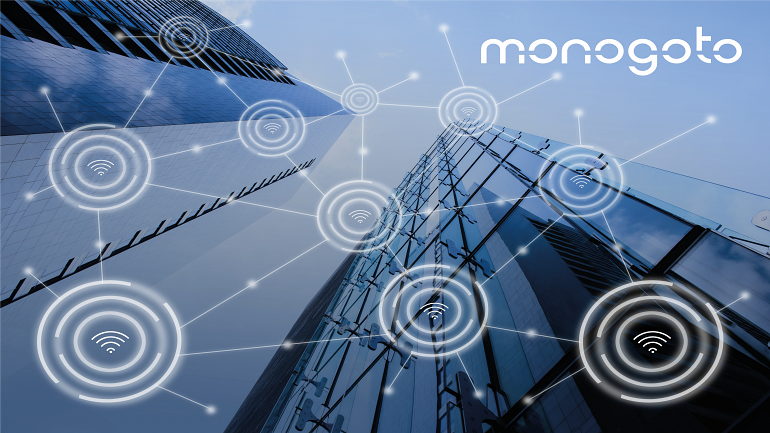Telecom26 and MiWire are pushing the envelope with a pioneering maritime connectivity trial. The eSIM-based service aims to shift the commercial shipping industry’s reliance on costly and inflexible satellite technology, unlocking cost-effective data accessibility. Ships that stick to set routes can benefit from seamless, uninterrupted service leveraging terrestrial cellular networks for up to 50km sea distance, before transitioning to satellite connectivity.
Amid declining telco capital expenditures impacting vendor profits, private cellular networking shines as a beacon of hope. Recent research reveals a significant 60% YoY increase in Q2 revenues for private cellular networking equipment, offering new revenue streams for industry giants like Ericsson and Nokia. However, with greater benefits come complex challenges that, if overcome, could potentially catapult the market worth to a substantial $7.7 billion by 2027.
During Super Bowl LVII in Glendale, Arizona, Verizon customers broke the company’s data use record. On game day, 60% of the 67,827 spectators used Verizon’s cellular network, consuming 47.8TB of data in and around State Farm Stadium. This statistic reflects a 36% increase in data use over Super Bowl LVI in 2022. The highest data use surges happened during the halftime performance and during kickoff. The network’s peak download rates reached 4,200Mbps, while the median download speeds were 2,300Mbps. A team of 100 Verizon engineers operated the Network Command Center 24 hours a day, seven days a week to provide a dependable network experience for spectators, first responders and public safety teams. In preparation for the game, Verizon committed more than $100 million in network improvements and enhancements in and around State Farm Stadium and the surrounding Phoenix region. The company installed 5G Ultra-Wideband in various zones within…
Contributed by Maor Efrati, CTO at monogoto My generation grew up in the early days of the internet and global connectivity. The only truly global network was the phone network. Any content or other service was provided by a local operator. We saw the internet as a global network but mostly as a way to share and access information. A huge revolution parallel to the WWW was the OTT ‘over the top’. It’s not an information revolution but a brand new business model for a whole new set of companies to become a service provider without a physical connection to the consumer. OTT has revolutionized the way many businesses operate. In the early 2000s, operators and service providers generated most of their income from all kinds of content: TV, Voice, SMS, Ringtones, Stickers, etc. The internet brought a new wave of companies, technically new service providers, companies that…
Contributed by Maor Efrati, CTO at monogoto Working from home: A lot has been said about increased productivity and family time as positively impacted during the COVID-19 quarantine. I am discovering that it’s also good for writing and for analyzing the many conversations that I and my monogoto.io partner Itamar Kunik have regarding cellular, WiFi, and the future of connectivity. @monogoto we are building an OTT cellular network. We are providing a connectivity service to any company that desires to have cellular connectivity as part of the offering or product. Simplifying the backend and network with strong API’s while keeping all the bells and whistles that a cellular network can support over a traditional last mile (RJ45 and WiFi). It will be interesting to see what plays out regarding WiFi vs Cellular as the last-mile provider. Some think cellular technology is the perfect solution for all wireless networks, while others hope…








